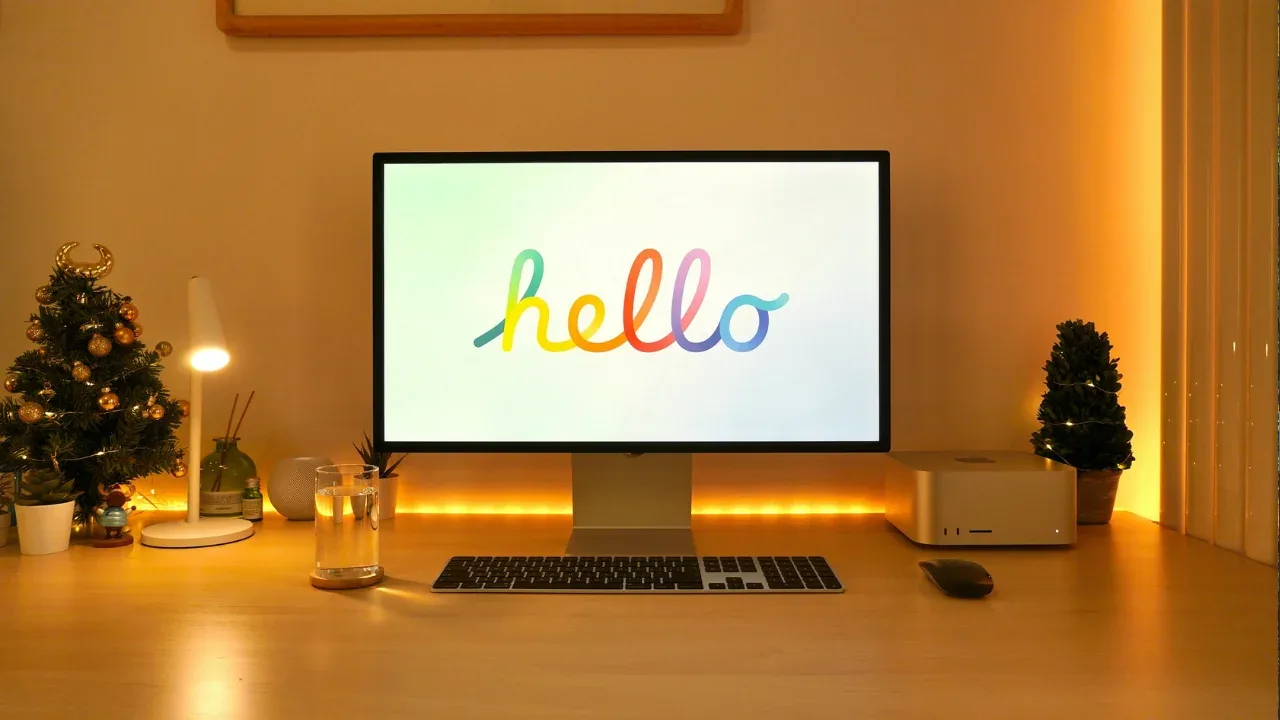What is the best way to deal with the NSDateFormatter locale "feature"?

Understanding the NSDateFormatter Locale "Feature"
Have you ever encountered unexpected behavior when using NSDateFormatter and its locale feature? If so, you're not alone. In this blog post, we'll dive into this common issue, provide easy solutions, and explore a compelling approach to minimize the effort required to fix the problem. Let's get started! 🚀
The Unexpected "AM" or "PM"
Imagine you have a simple date format operation using NSDateFormatter:
NSDateFormatter* fmt = [[NSDateFormatter alloc] init];
[fmt setDateFormat:@"yyyyMMddHHmmss"];
NSString* dateStr = [fmt stringFromDate:someDate];
[fmt release];This code works perfectly fine in the US and most locales, until someone with their phone set to a 24-hour region changes the 12/24-hour switch in their settings to 12. Suddenly, the resulting string has "AM" or "PM" appended to it. 😱
This behavior has been discussed on Stack Overflow [^1^] and Apple's developer forums [^2^] where Apple has declared it as "BAD" - Broken As Designed. Disappointingly, Apple doesn't plan on fixing it.
The Solution: Setting the Locale
The workaround to this issue is to set the locale of the date formatter to a specific region, typically the US. However, this can be quite cumbersome, especially if you are dealing with multiple apps and have many instances of this scenario to handle. Here's an example of how to set the locale to "en_US":
NSLocale *loc = [[NSLocale alloc] initWithLocaleIdentifier:@"en_US"];
[df setLocale: loc];
[loc release];While this solution works, it becomes tedious when you have to repeat this code in multiple places. So, let's explore a clever idea to minimize the effort required to make these changes without obfuscating the code.
The Clever Approach: Overriding NSDateFormatter
One possible solution is to override the NSDateFormatter class with a custom subclass. By doing this, we can set the locale in the init method, requiring only two simple changes - the alloc/init line and the added import. Here's an example of what the subclass might look like:
@implementation BNSDateFormatter
- (id)init {
static NSLocale* en_US_POSIX = nil;
NSDateFormatter* me = [super init];
if (en_US_POSIX == nil) {
en_US_POSIX = [[NSLocale alloc] initWithLocaleIdentifier:@"en_US_POSIX"];
}
[me setLocale:en_US_POSIX];
return me;
}
@endNow, every time you create an instance of BNSDateFormatter, it will automatically have its locale set to "en_US_POSIX". This not only saves you from manually setting the locale but also allows for easy updates if Apple ever decides to fix this locale issue.
Update: Using a Category
Another approach to achieve the same outcome is by using a category. This can be particularly helpful if you don't want to create a separate subclass for NSDateFormatter. Here's an example of how you can implement this solution:
Category Header (.h) file:
#import <Foundation/Foundation.h>
@interface NSDateFormatter (Locale)
- (id)initWithSafeLocale;
@endCategory implementation (.m) file:
#import "NSDateFormatter+Locale.h"
@implementation NSDateFormatter (Locale)
- (id)initWithSafeLocale {
static NSLocale* en_US_POSIX = nil;
self = [super init];
if (en_US_POSIX == nil) {
en_US_POSIX = [[NSLocale alloc] initWithLocaleIdentifier:@"en_US_POSIX"];
}
NSLog(@"Category's locale: %@ %@", en_US_POSIX.description, [en_US_POSIX localeIdentifier]);
[self setLocale:en_US_POSIX];
return self;
}
@endUsage example:
NSDateFormatter* fmt = [[NSDateFormatter alloc] initWithSafeLocale];
[fmt setDateFormat:@"yyyy-MM-dd HH:mm:ss"];
NSString* dateString = [fmt stringFromDate:[NSDate date]];
NSLog(@"dateString = %@", dateString);
// ...In the example above, the initWithSafeLocale method sets the locale automatically whenever you initialize an NSDateFormatter instance. You can then use it as you would use a regular NSDateFormatter.
Conclusion
Dealing with the NSDateFormatter locale "feature" can be a headache, but it's not an impossible problem to solve. By setting the locale explicitly or by using a custom subclass or category, you can avoid unexpected behavior and ensure consistent results across different regions.
So next time you encounter this issue, remember these easy solutions and save yourself precious time and effort. Happy coding! 💻
Was this guide helpful? Let us know in the comments below and share your own experiences dealing with the NSDateFormatter locale "feature". Together, we can find better ways to tackle these common challenges! 💪
[^1^]: Stack Overflow: NSDateFormatter, am I doing something wrong or is this a bug? [^2^]: Apple Developer: Technical Q&A QA1480


